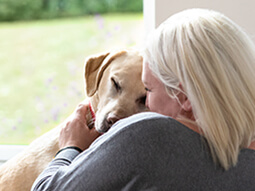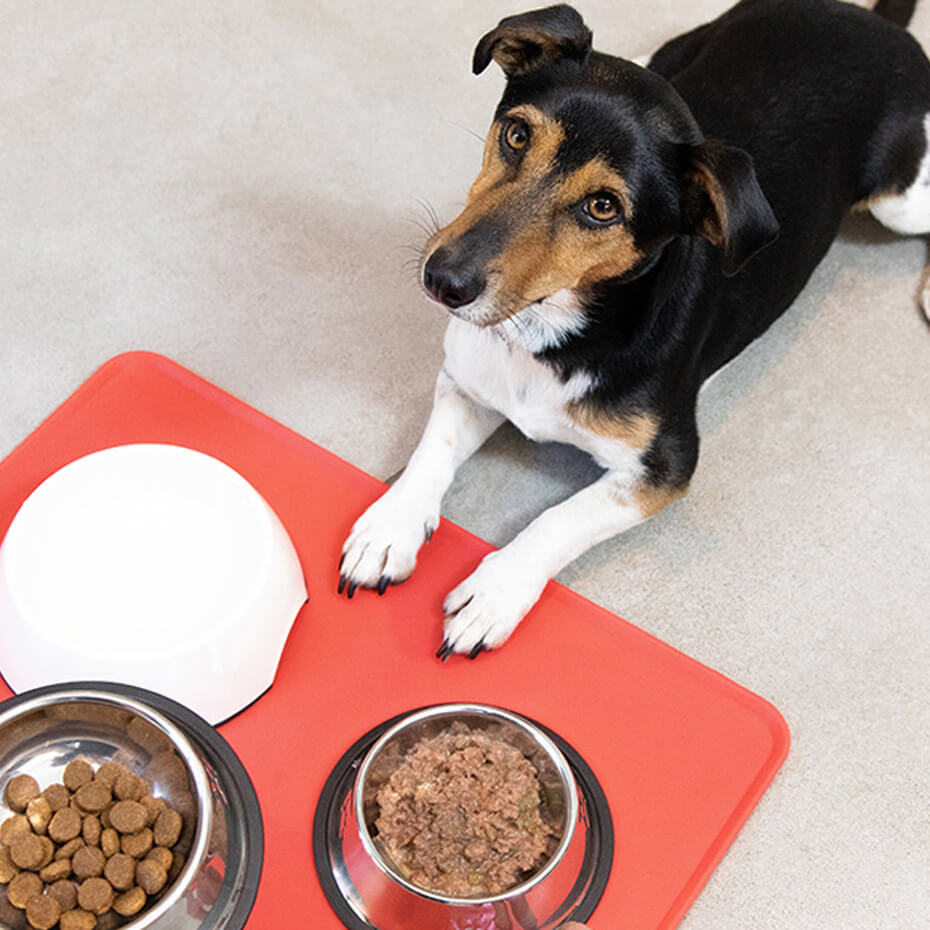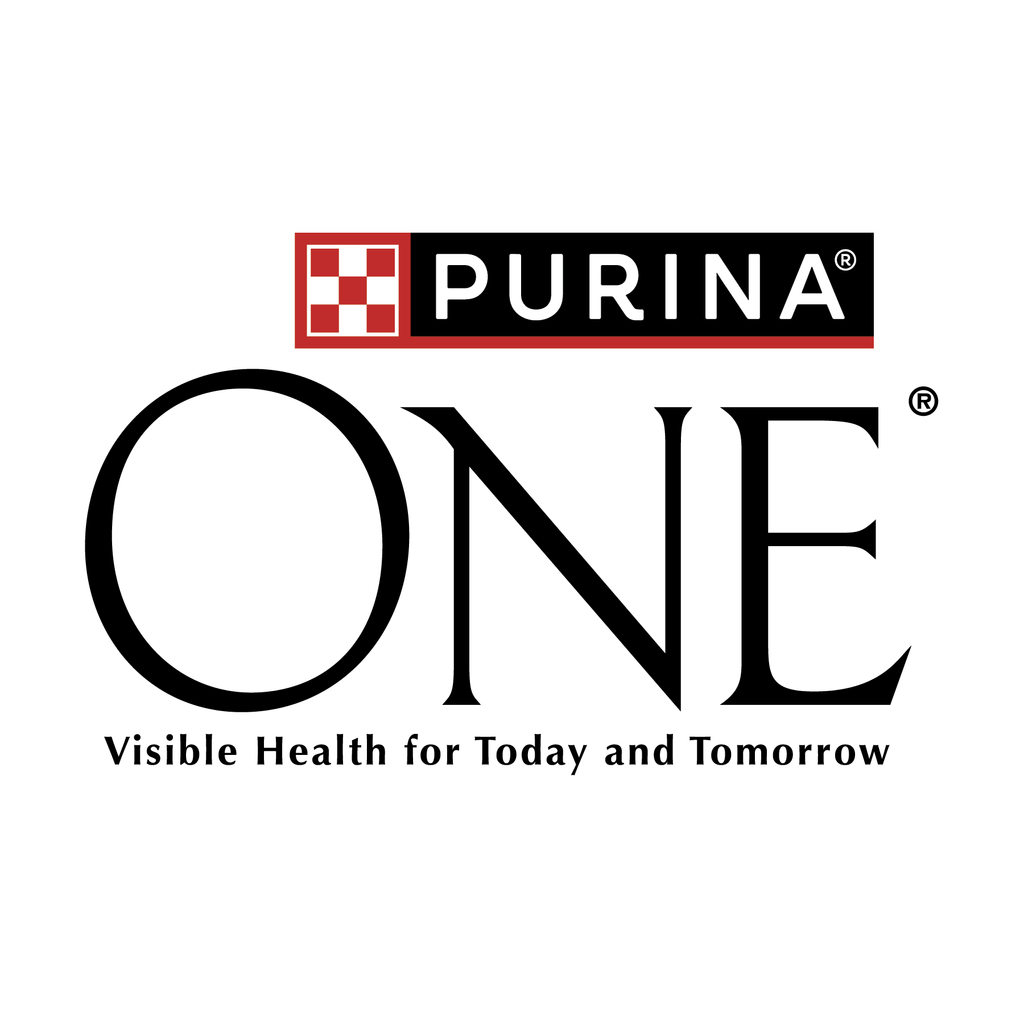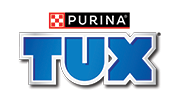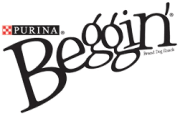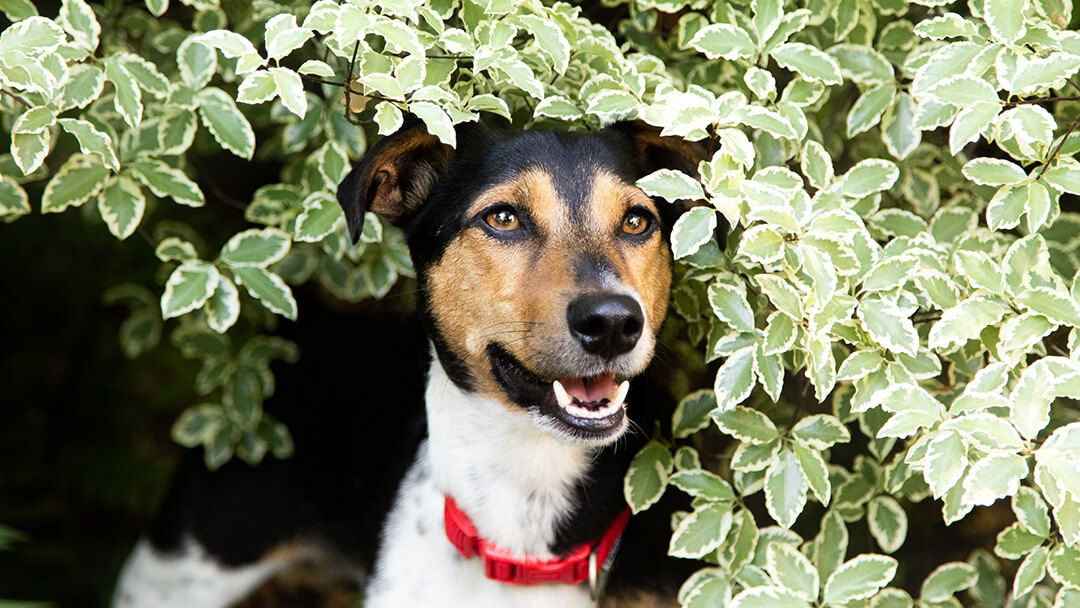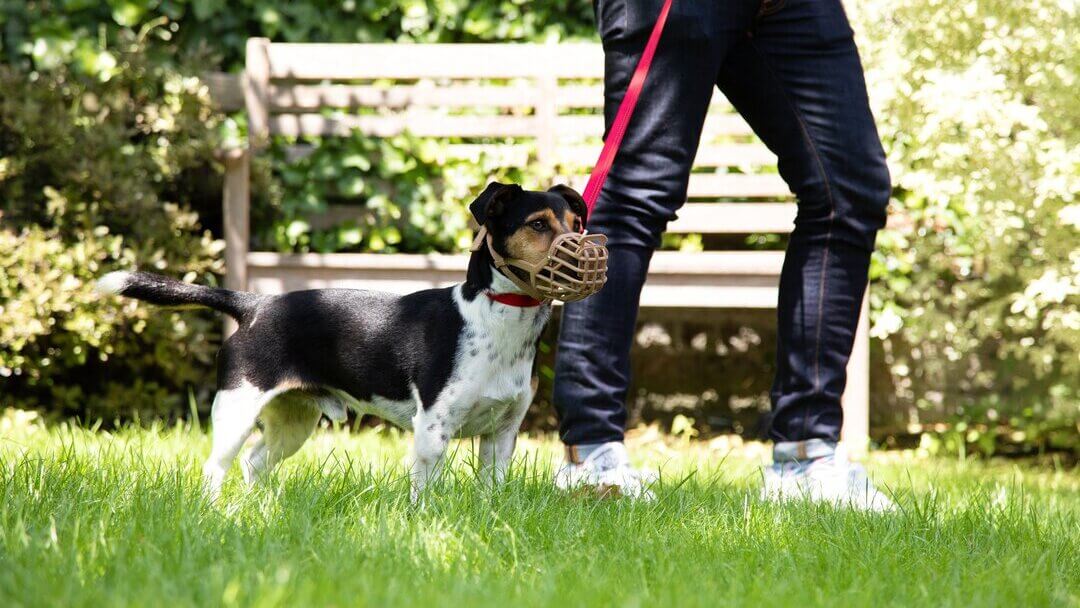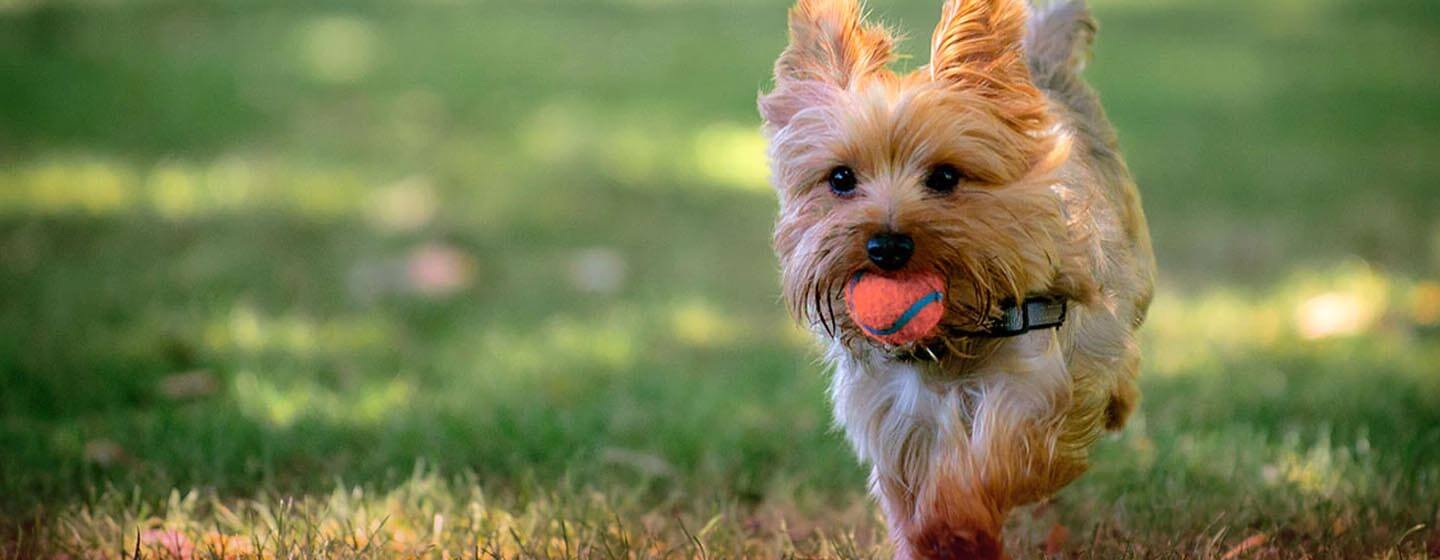
Small dog food
Small-breed dogs (<10kg) have higher ratios of surface area to body weight than larger breed dogs. They have a higher metabolic rate because of this ratio, therefore they have higher energy requirements. As a result, you should be feeding an energy-dense food containing more calories in a smaller volume than larger breed dogs. Some small breeds can also be picky eaters, so it is a good idea to feed them a highly palatable food.
Energy density is a key factor in choosing the optimal dog food, but it also is important to consider the food’s nutrient content. Your dog’s nutritional health means receiving the proper proportion of required nutrients for their particular life stage. Protein, fat and carbohydrates are the key energy-producing nutrients, but dogs also need specific vitamins and minerals. Water should always be available, as it ensures appropriate hydration, helps regulate body temperature, and is fundamental at a cellular level for every process in the body.
To compare nutrients in dog foods, you should always subtract the level of water already present in food. For example, dry food generally contains about 10 percent water, and wet food contains upward of 60 percent. The nutrients are contained in the dry ingredient portion of the food. Nutrient levels are expressed as a proportion of metabolizable energy, or energy that is ultimately available for the dog to use.
Feeding a food that is appropriate for your dog’s life stage is imperative. Small-breed puppies are considered adult anywhere from 9 to 12 months old depending on the breed, while large and giant breeds may not fully mature until they are 18 months to 2 years old. Adult dogs should be fed to maintain ideal body condition. Variables that impact their energy requirement, and therefore their body condition, include age, gender, metabolism, reproductive status including neutering, activity level, and general environment.
At around age 7, dogs start to enter into their senior years. This is marked by internal physiological changes that may not be apparent externally, such as a slowing down in the efficiency of the brain to metabolize glucose, the primary energy source. Senior dogs are also more at risk of both obesity and weight loss, so it is vital to maintain muscle mass while minimising fat gain. You can achieve this by feeding a diet with appropriate protein and fat levels.
Choosing the right food for your small-breed dog is a revolving job. The right choice depends on his life stage, lifestyle and changing nutritional needs. Your ability to balance the energy density of your dog’s food to the energy needs of your dog will help promote a healthy life. It is important to follow the feeding guidelines relative to your dog’s individual needs and to perform a monthly body condition score.
Feeding to Ideal Body Condition
Please be mindful that feeding guidelines are suggested amounts based on their average energy requirements. Some dogs may need more or less food than suggested due to their individual status and activity level.
Regularly examine your dog’s physique and monitor his body condition. That is the best way to determine how well your dog’s diet meets his activity level. If your dog has a full coat, you should get under the coat. This means putting your hands on the dog and feeling its ribs. You should be able to feel the ribs without excess fat.
When you look down at a dog from above, his waist should be apparent behind the ribs in an hourglass shape. Finally, when viewed from the side, your dog should have a tummy tuck with a smooth, upward graduation from just behind the ribs to under the pelvis. The amount of food fed should be adjusted up or down to maintain the dog in an ideal body condition throughout your dog’s life.
